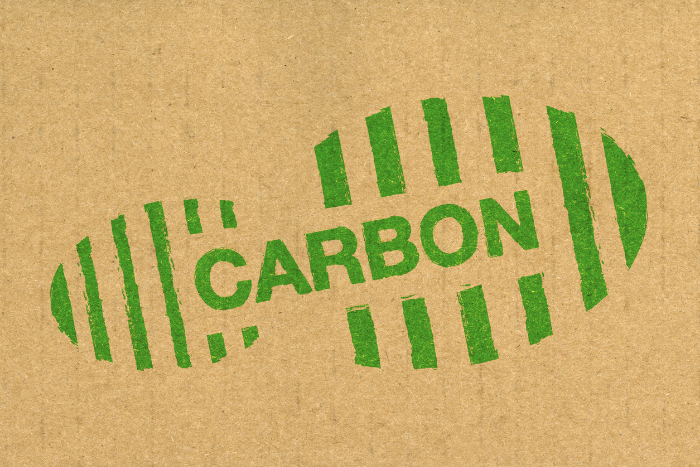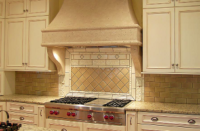 National Ready Mixed Concrete Association members have lowered their carbon footprint by 21% in seven years according to a new Life Cycle Assessment (LCA) report and Industry Wide Environmental Product Declaration (EPD) published earlier this month. NRMCA has been tracking its members’ environmental impacts since 2014 when it published its first LCA and benchmark report. Measuring carbon footprint over time is a major strategy for meeting a 2050 carbon neutrality goal for the concrete industry.
National Ready Mixed Concrete Association members have lowered their carbon footprint by 21% in seven years according to a new Life Cycle Assessment (LCA) report and Industry Wide Environmental Product Declaration (EPD) published earlier this month. NRMCA has been tracking its members’ environmental impacts since 2014 when it published its first LCA and benchmark report. Measuring carbon footprint over time is a major strategy for meeting a 2050 carbon neutrality goal for the concrete industry.
NRMCA started the journey toward carbon neutrality in 2009. It has since adopted a strategy for reducing environmental impacts of concrete. This includes goals for reducing carbon footprint, among other impacts such as energy use, water use and waste along with increased recycled content, including the use of supplementary cementitious materials (SCMs) such as fly ash and slag cement. Members subsequently committed to more aggressive carbon reduction goals in 201. They did this by adopting the Architecture 2030 Challenge for Products. This stated a goal of embodied carbon neutrality by 2050 using LCA as the methodology for measuring progress. In 2021, NRMCA re-affirmed its commitment to carbon neutrality. It did this when it joined the Portland Cement Association (PCA) and the Global Cement and Concrete Association’s (GCCA) in developing a 2050 Roadmap to Carbon Neutrality.
Meeting the challenge
“I am proud to say that NRMCA members are well on their way to meeting the challenge of carbon neutrality through innovative product formulations, improved production practices and embracing new industry technologies,” said NRMCA President Mike Philipps. “The cement and concrete industries will face considerable challenges on its way to carbon neutrality. However, by collaborating with sister organizations like the Portland Cement Association (PCA) and the Global Cement and Concrete Association (GCCA) and by working with the design-build community through our Build With Strength initiative, we are well on our way to meeting those challenges.”
“Adopting innovative products such as portland-limestone cement and other blended cements that reduce the carbon footprint of concrete while maintaining high performance means we can continue to build energy-efficient and disaster-resilient structures with concrete, but with a lower carbon footprint,” added Lionel Lemay, NRMCA executive vice president of structures and sustainability. “We collaborate with developers, owners, engineers, architects and contractors through our Build With Strength initiative to adopt innovative products and designs that improve building performance at lower cost and with reduced environmental impacts.”
In addition to measuring progress toward carbon neutrality through its Industry Wide EPD and LCA report, NRMCA members have also demonstrated leadership by publishing product-specific EPDs which are a more accurate representation of environmental impacts from concrete produced at a local ready mixed production facility. To date, nearly 35,000 product-specific EPDs have been published by concrete producers. This is by far the largest number any industry has published.
About NRMCA
NRMCA is a non-profit trade association based in Alexandria, Vir. The group represents the producers of ready mixed concrete. It also represents the companies that provide materials, equipment and support to the industry. It conducts education, training, promotion, research, engineering, safety, environmental, technological, lobbying and regulatory programs. For further information on NRMCA’s Sustainability Initiatives, visit www.nrmca.org/sustainability.
About Build With Strength
Build With Strength is an initiative led by NRMCA. The initiative seeks to educate the building and design communities and policymakers on the benefits of ready mixed concrete. It also seeks to encourage its use as the building material. No other material can replicate concrete’s advantages in terms of strength, sustainability, durability, safety and ease of use. To learn how to improve building performance, including reducing carbon footprint, visit www.BuildwithStrength.com/design-center.











